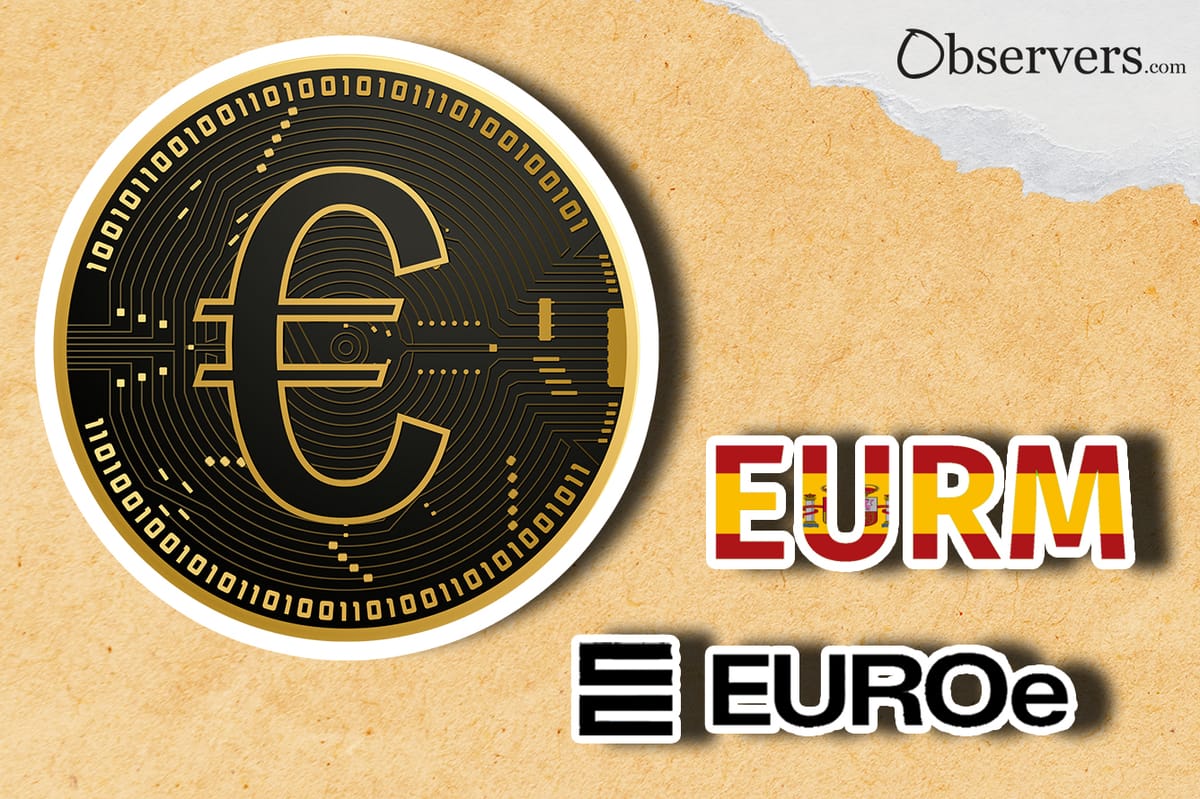Digital Euro Or Euro Digitalized?
Spanish and Finnish regulators independently approved their national fintech companies to develop Euro backed stablecoins. The "digitalization" of fiat currencies is pushed concurrently by CBDC research and by stablecoins.

